Description
Do you know how many diseases are waiting to attack the roots of your hydroponic crop? The effect of root disease can be mild through to devastating. Most growers have had the experience of thinking that their crop is going to be great only to find that, within the space of a few days, the crop’s condition has degenerated markedly. For example, the leaves start to change color and it begins to wilt. Almost without exception, your crop has been attacked by one of the myriad root diseases that lurk in the nooks and crannies of most hydro systems waiting for an opportunity to start feasting on your plant’s roots. What are these diseases? There is Pythium, Rhizoctonia and Phytophthora which are the most common. In addition, there are several others which are less common but nevertheless very dangerous if they infect your crop. Among these are Thielaviopsis, Fusarium, Sclerotinia and Cylindrocladium.
Pythium is the most commonly found root disease in both hydroponic systems and in the soil. The symptoms are quite specific. If the plant’s roots go brown and smelly and the plants wilt when the lights are on, then you are probably dealing with Pythium. Before blaming a disease, however, check that the nutrient aeration is ok. Lack of oxygen in the system can cause similar symptoms.
When plants are growing strongly, they can usually fight off the effects of the disease. They are able to produce chemicals which attack the disease organisms. When the plants are under stress, however, they produce much less of these chemicals and the disease organism can take hold.
Stress situations can occur at any time but flowering is always a stressful situation and is the time that disease is the most likely to get the upper hand. This occurs also because the plant’s energies are going into flowering and root growth tends to be limited to replacement of dead roots only.
At Canadian Xpress, our scientists have isolated the battery of chemicals that the plant manufactures to defend itself. We have encapsulated these chemicals in a liquid formulation and when this is used in your nutrient solution they have the same effect as the plant’s own defenses and the result is healthy plants. This approach is known as Induced Resistance.


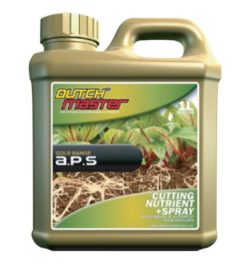
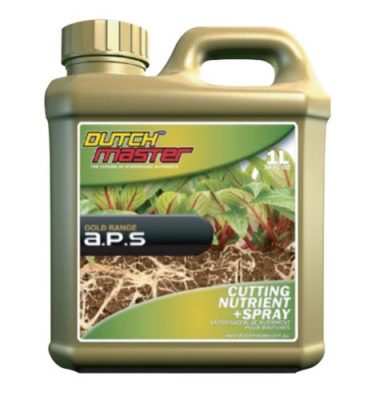

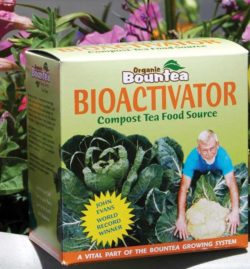
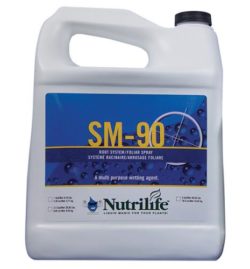
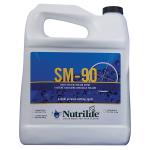
There are no reviews yet.